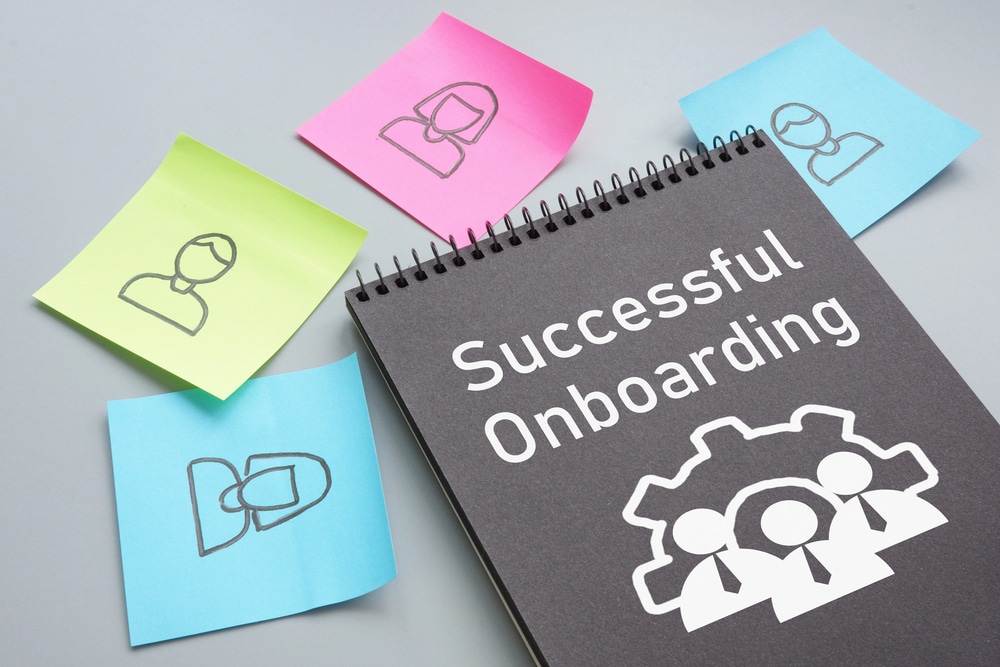Employee onboarding isn’t just a checklist—it’s your first real opportunity to show new hires what your company is all about. Done right, onboarding can boost retention, increase engagement, and create alignment from day one. Done poorly? You risk confusion, early turnover, and missed expectations.
In this guide, we’ll break down how to build an onboarding process that is not only effective, but also deeply rooted in compliance, culture, and soft skill development.
Why Onboarding Matters More Than Ever
Today’s workforce—especially younger professionals—wants more than just a paycheck. They want purpose, clarity, and connection. A strong onboarding program:
- Reduces early turnover by up to 82% (source: Glassdoor)
- Increases productivity and engagement
- Builds trust and psychological safety from the start
- Prevents costly compliance issues
Step 1: Start Before Day One (Preboarding)
Don’t wait for the first day to make a good impression. Send a welcome package, a checklist, and a brief intro to your onboarding plan. Bonus: include a short video from their future team or manager.
Step 2: Cover the Compliance Must-Haves
Onboarding is your first line of defense against regulatory and legal risks. Include clear, accessible training for:
- Workplace safety
- Code of conduct
- Anti-harassment policies
- Data security & confidentiality
- Diversity, Equity & Inclusion (DEI) standards
- Make sure training is interactive, up-to-date, and tailored to your industry. Compliance courses aren’t just about avoiding fines—they’re about setting expectations for respectful, responsible behavior from the beginning.
Step 3: Prioritize Soft Skills from the Start
Too often, companies focus only on the “hard” skills needed to do the job, but neglect the soft skills that foster collaboration and trust. Onboarding is your chance to embed key interpersonal values early:
- Communication and feedback etiquette
- Emotional intelligence
- Conflict resolution basics
- Active listening and empathy
- Cross-functional collaboration Include team-based activities, roleplays, or storytelling sessions to model and reinforce these skills. This helps build mutual respect and psychological safety from day one.
Step 4: Introduce Your Culture Intentionally
Don’t assume new employees will “pick up” your culture. Be explicit. Include:
- Company mission, vision, and values
- Stories that reflect how your values come to life
- Expectations around work-life balance, communication, and leadership
If you celebrate diversity, show how. If you value innovation, share examples. If you expect ownership, outline what that looks like in practice.
Step 5: Follow Up & Gather Feedback
Onboarding shouldn’t stop after the first week. Great programs extend for 30, 60, even 90 days with:
- Regular check-ins with managers
- Peer mentorship or buddy systems
- Feedback loops to improve the process
Ask: “What was helpful? What was missing? What could we improve for the next hire?”
Final Thought
A great onboarding process is equal parts compliance, connection, and culture. It sets the tone for everything that follows—so make it count. When new hires feel informed, welcomed, and aligned from day one, they’re far more likely to become engaged, loyal contributors.

